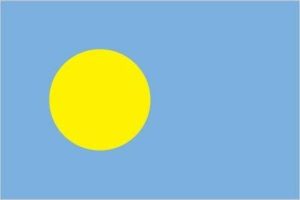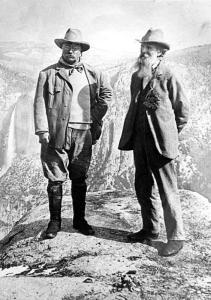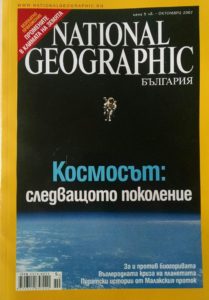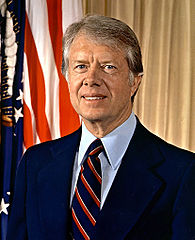
Jimmy Carter
Jimmy Carter (born James Earl Carter in Plains, Georgia, 1924) is the thirty-ninth president (1977-1981) of the United States. He graduated from the United States Naval Academy and served seven years in the navy. Later he became a Georgia state senator and eventually became the state’s governor. During his presidency, he faced high inflation. He was able to negotiate the Camp David Accord between Egypt and Israel, and he received the Nobel Peace Prize in 2002. Children could visit a website at: Jimmy Carter. Idea: Mr. Carter has become very involved with Habitat for Humanity. Children could research the group’s goals and how they are accomplished.
Brian P. Cleary (born Lakewood, Ohio, 1959) writes books for children. He is known for his humorous books about grammar, including Hairy, Scary, Ordinary: What Is an Adjective? Children can visit his very clever website at: Brian P. Cleary.
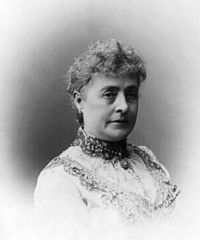
Caroline Lavinia Scott Harrison
Caroline Lavinia Scott Harrison (born Oxford, Ohio, 1832; died Washington, DC, October 25, 1892) was America’s First Lady from March 4, 1889 until her death on October 25, 1892. She was the first wife of Benjamin Harrison, twenty-third president of the United States. She succumbed to tuberculosis during Harrison’s fourth year as president. She helped create the Daughters of the American Revolution. Children could visit a website at: Caroline Harrison.
Marc Harshman (born Randolph County, Indiana, 1950) is poet laureate for the state of West Virginia, a writer of at least nine poetry anthologies, and an author of at least fourteen children’s books. His works include Only One and Red Are the Apples. Children can learn more at: Marc Harshman.
Vladimir Horowitz (born Berdichev, Russia, 1904; died New York, New York, November 5, 1989) was a famous pianist. He performed in his first concert when he was sixteen years old. He became a United States citizen when he was 44 years old. One of his most memorable recitals was when he returned to Russia on April 20, 1986.
Richard Stockton (born Princeton, New Jersey, 1730; died Princeton, New Jersey, February 8, 1781) was an attorney. Representing New Jersey, he signed the Declaration of Independence. A wealthy lawyer before the Revolutionary War, he tried to provide clothing and shoes to the soldiers. He was captured by the British and sent to a New York prison. When he was released, he was in poor health and in desperate need of money. He died before the war ended. Children could learn more at: Richard Stockton.
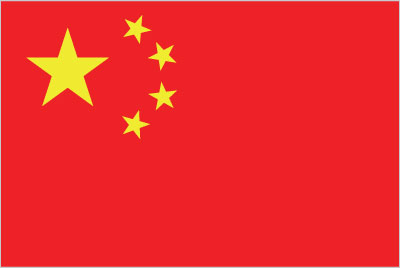
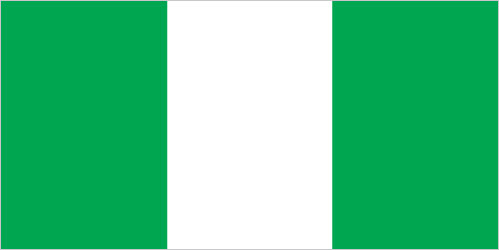
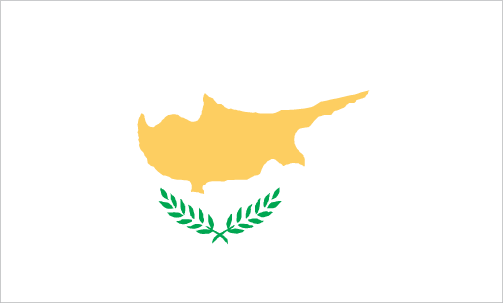
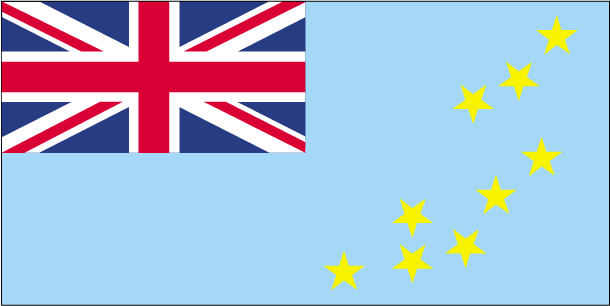 Tuvalu celebrates Independence Day. In 1978 it became an independent country, but it is still part of the British Commonwealth. The fourth smallest country in the world, Tuvalu has an area about the size of 0.1 the area of Washington, DC. Located about halfway between Hawaii and New Zealand, the country’s three islands and six atolls support about 11,000 people. Funafuti is the capital. Children could learn more at:
Tuvalu celebrates Independence Day. In 1978 it became an independent country, but it is still part of the British Commonwealth. The fourth smallest country in the world, Tuvalu has an area about the size of 0.1 the area of Washington, DC. Located about halfway between Hawaii and New Zealand, the country’s three islands and six atolls support about 11,000 people. Funafuti is the capital. Children could learn more at: 